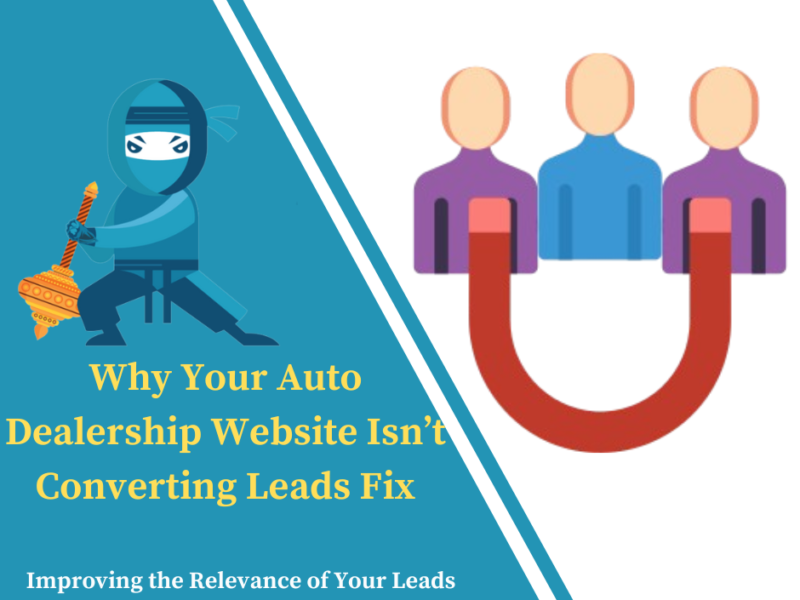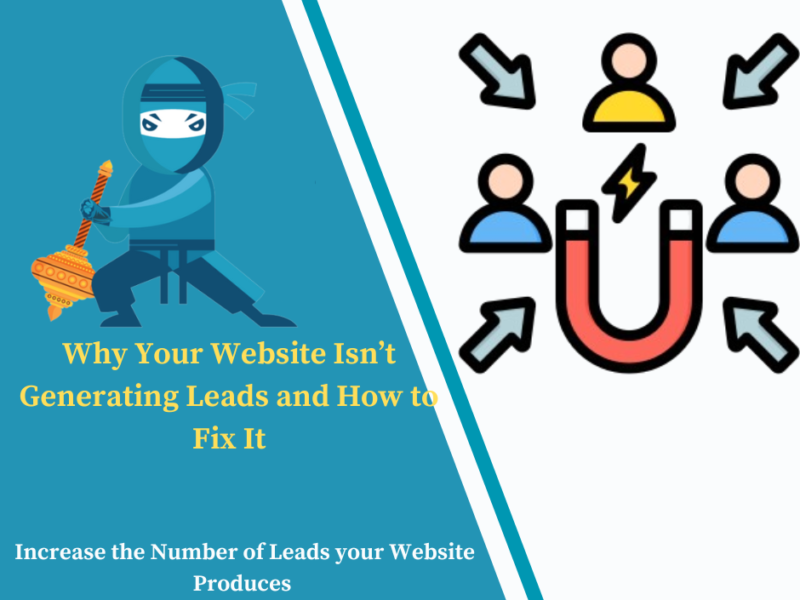
Days
Hours
Minutes
Seconds
Your Deal is Expired
|
|

Edit Content

As a leading online marketing company, always focuses on changing and improving businesses and their outcome.
Where to find us
- SN-3, First floor, ratauli road, near Town park, Bank Colony
- herry@hanuitsolutions.com
- +917082069620
Working Hours
- Mon-Sat : 9:00am - 6:00pm
- Sunday - Closed
Get In Touch
Facebook-square
Instagram
Linkedin
Tag: social proof

Why Your Auto Dealership Website Isn’t Converting Leads Fix
In the competitive world of automotive sales,...

Using Social Proof to Skyrocket Your E-Commerce Store Sales
In the fast-paced world of e-commerce, standing...

Lead Generation Secrets: Drive More Leads from Your Site
Effective lead generation is crucial for any...

Top Tactics to Capture More Leads from Your Website
In the competitive landscape of digital marketing,...
No posts found

